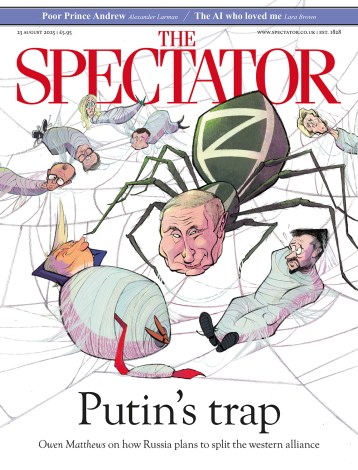Flemish tour de force
Some years ago I was walking through the closed galleries of the Uffizi with a group of journalists, when we passed the Portinari Altarpiece. In those spaces, free for once of jostling crowds, it was suddenly obvious what a wonderful work of art this mighty triptych was. With paintings, as with people, you often get an instantaneous impression — in this case of force, density, presence. In comparison, the big Botticelli pin-ups looked flimsy. Despite the surrounding competition (which is hot, to say the least), here clearly was one of the greatest pictures in Florence. And it is not a masterpiece by a Florentine, or even an Italian, but a













